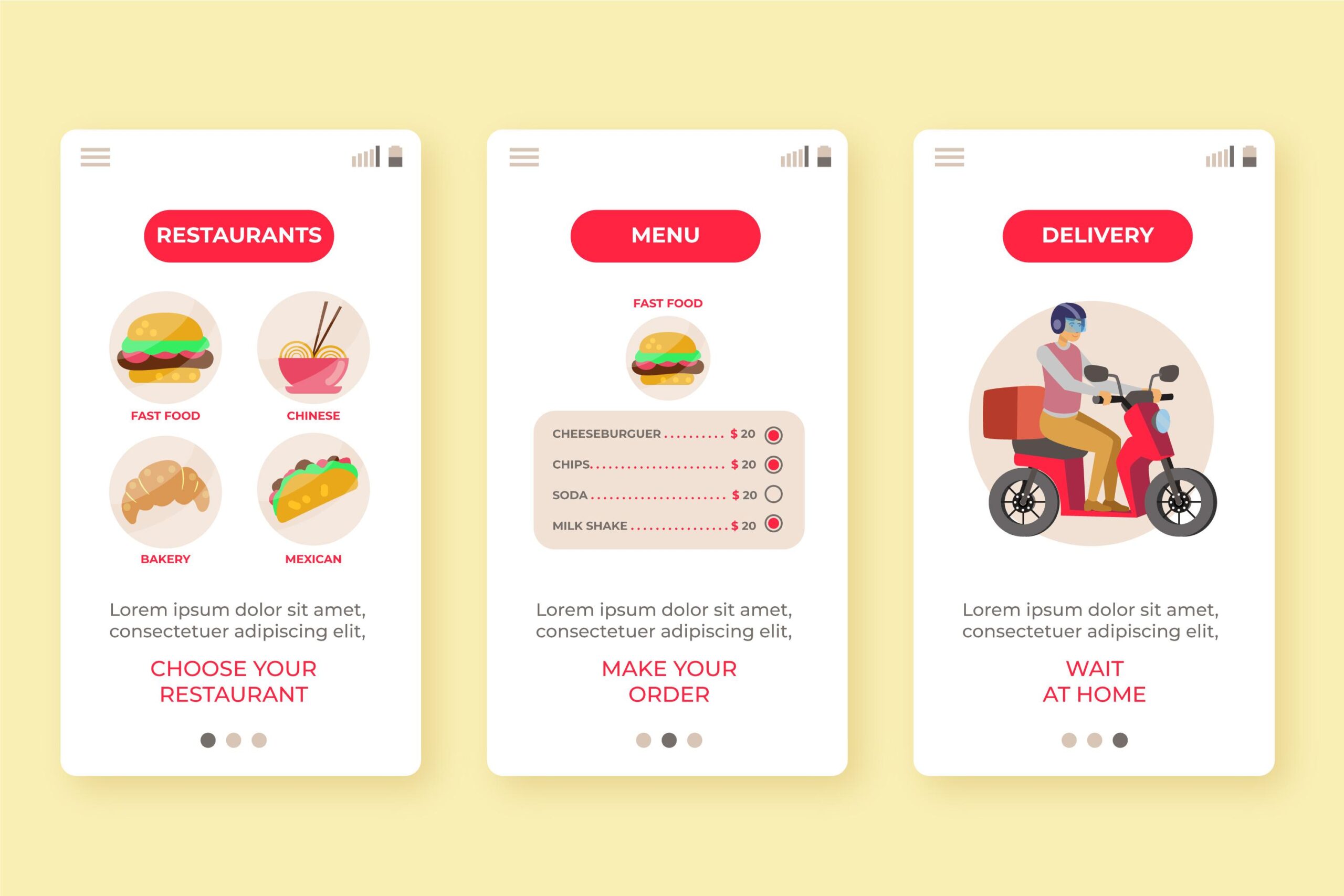In today’s digital era, businesses are increasingly recognizing the critical role of user experience (UX) design in achieving success. While UX design has traditionally been associated with consumer-facing products, its importance extends far beyond the realm of customer interaction. This article explores the concept of enterprise UX design and its significant impact on business outcomes.
What is Enterprise UX Design?
Enterprise UX design focuses on creating intuitive and efficient user experiences for digital tools and systems used within organizations. Unlike consumer-focused UX design, which caters to individual preferences and behaviors, enterprise UX design addresses the unique needs of employees and stakeholders. It involves designing interfaces, workflows, and interactions that enable users to perform their tasks effectively and efficiently.
The Importance of Enterprise UX Design Enhanced Productivity:
Well-designed enterprise applications can significantly improve employee productivity by simplifying complex workflows, reducing errors, and minimizing training time. Intuitive interfaces and streamlined processes enable employees to focus on their core responsibilities, leading to increased efficiency and output.
Improved User Satisfaction: Just as consumers expect seamless experiences from the products they use, employees also demand user-friendly tools in the workplace. Enterprise UX design focuses on meeting the needs and preferences of end-users, resulting in higher levels of satisfaction and engagement with internal systems and applications.
Better Decision-Making: User-friendly interfaces and intuitive data visualization tools empower employees to access and interpret information more effectively, enabling them to make informed decisions in real-time. By providing easy access to relevant data and insights, enterprise UX design facilitates data-driven decision-making across the organization.
Cost Savings: Investing in enterprise UX design can lead to significant cost savings for organizations. By reducing the time and resources spent on training, troubleshooting, and support, well-designed applications can lower operational costs and improve overall efficiency.
Competitive Advantage: In today’s competitive business landscape, organizations that prioritize user experience gain a significant competitive advantage. By investing in enterprise UX design, companies can differentiate themselves from competitors, attract top talent, and drive innovation.
Best Practices for Enterprise UX Design Understand User Needs:
Conduct thorough research to understand the needs, preferences, and pain points of end-users within the organization. User personas, journey mapping, and usability testing can provide valuable insights into user behavior and requirements.
Simplify Workflows: Streamline complex processes and workflows to minimize cognitive load and make it easier for employees to accomplish their tasks. Focus on removing unnecessary steps, reducing friction points, and optimizing the user journey from start to finish.
Prioritize Accessibility: Ensure that enterprise applications are accessible to all employees, including those with disabilities or impairments. Design interfaces with accessibility features in mind, such as keyboard navigation, screen reader compatibility, and high contrast color schemes.
Promote Consistency: Maintain consistency in design elements, terminology, and interaction patterns across all enterprise applications to create a cohesive and familiar user experience. Consistency fosters usability, reduces confusion, and reinforces the organization’s brand identity.
Iterate and Improve: Continuously gather feedback from users and stakeholders to identify areas for improvement and iterate on the design of enterprise applications. Regular usability testing, user surveys, and feedback loops enable ongoing refinement and optimization of the user experience.
Conclusion
Enterprise UX design plays a crucial role in driving business success by enhancing productivity, user satisfaction, and decision-making within organizations. By prioritizing usability, efficiency, and user-centered design principles, companies can create digital tools and systems that empower employees to perform their best work and achieve their goals. Investing in enterprise UX design not only improves internal processes and workflows but also contributes to a more competitive and innovative organization in today’s digital landscape.




